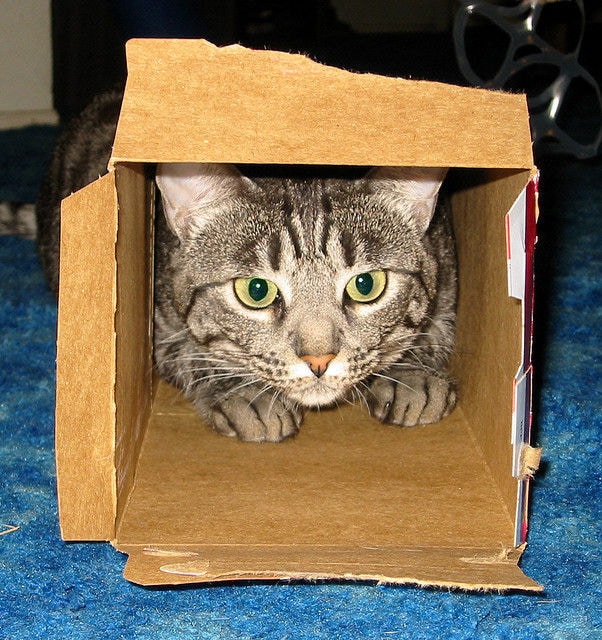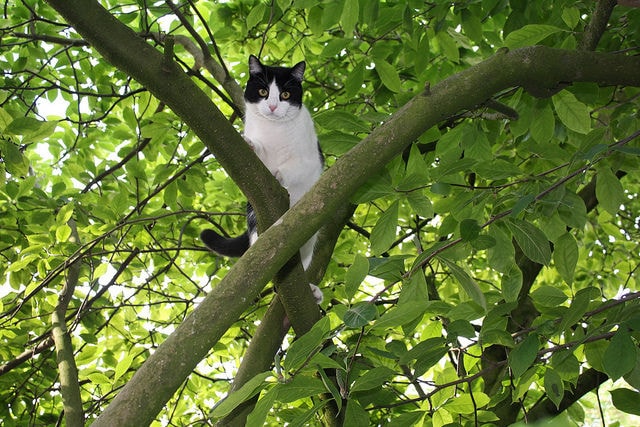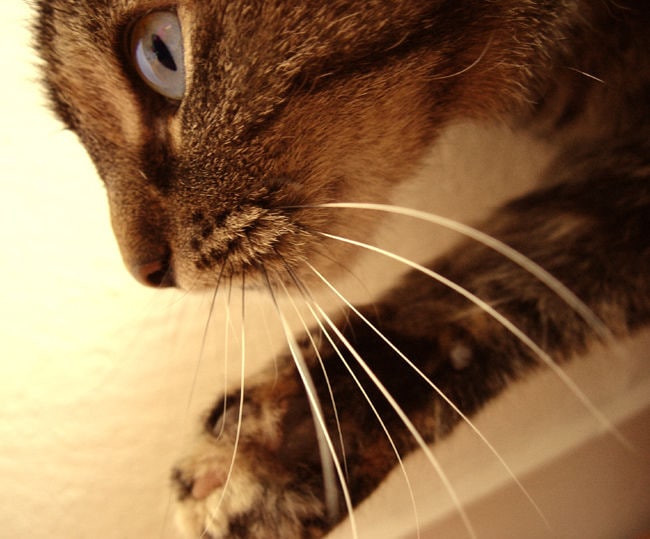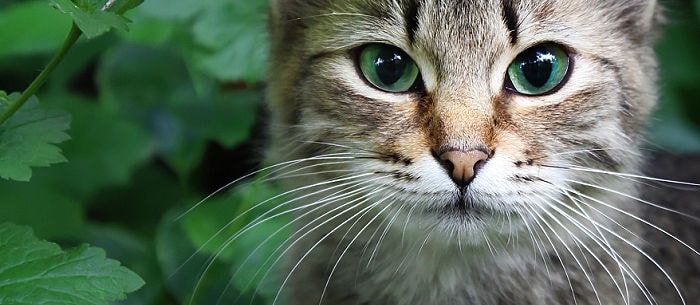Why do cats have whiskers? Not many people realize the full purpose and functionality of these long hairs. Cat whiskers appear thicker than fur, and the larger follicles run much deeper into a cat’s skin. Covered in blood vessels and nerve cells, whiskers allow cats to detect even the most minute tactile changes around them.
Most cats have white whiskers because the thicker hair does not usually retain melanin, the substance responsible for skin and hair color, but sometimes cats can have colorful whiskers as well. Most whiskers will eventually turn white as cats age.
Just why do cats have whiskers? Check this out:
- Whiskers Help Cats See in the Dark
Due to the heightened tactile sensitivity of his whiskers, your cat can feel his way around a dark room without bumping into anything. Texas A&M University explains that this happens because his whiskers gently brush up against objects around the room, essentially helping him to “see” at night.
- Whiskers Allow Cats to Squeeze into Small Spaces
In theory, a cat’s whiskerspan closely matches her body’s width. Cat Behavior Associates suggests that this enables your cat to know just how small of a space she can squeeze into without getting stuck. For this reason, you should never cut your cat’s whiskers.
- Whiskers Help Cats Communicate
As Life With CH Cats describes, cat whiskers play a major role in communication. If you notice your cat’s whiskers pointing straight out or slightly bent to the side, this means he probably feels relaxed and happy. An excited cat will have whiskers that fan out and look pushed forward. Cats that feel afraid or shy keep their whiskers flat against their faces.
- Whiskers Enable Cats to Hunt Effectively
Whiskers not only help your cat stalk prey by enabling her to move efficiently during the hunt, but Pet Place suggests that a cat uses her whiskers to learn information about the prey. By moving her whiskers back and forth, your cat can determine when she can give the fatal bite and sense when the prey has died.
- Whiskers Help Protect Your Cat’s Eyes
Just like your eyelashes protect your eyes from dust and debris, your cat’s whiskers help keep out irritants. Moreover, whiskers warn your cat if anything is getting too close to his face. Texas A&M University explains that when something touches his whiskers, that alerts him to close his eyes.
- Whiskers Help Cats Climb Better
Cats not only have whiskers on their faces, but on other parts of the body as well. Delavan Lakes Veterinary Clinic explains that the whiskers on the backs of your cat’s legs can actually help her climb trees better.
- Whiskers Allow Cats to Pick Up on Vibrations
Because of their highly sensitive nature, whiskers enable cats to detect subtle changes in air currents and vibrations. The Protective Animal Welfare Society of Western Wisconsin suggests that your cat can feel even the smallest vibrations of a mouse scurrying across the room.
Thinking of adopting a new cat? Make the transition easy on your cat family by reading Tips and Tricks to Introducing Cats: When Mittens Meets Salsa!
Kelly Sundstrom is an award-winning journalist, author and artist. As the caretaker of two dogs, five cats and a bearded dragon, Sundstrom knows the importance of understanding pet behavior. Follow her on Twitter.




